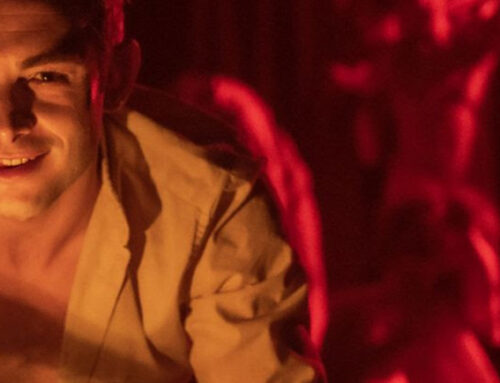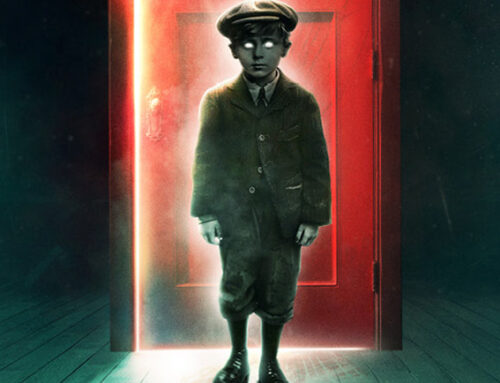The Woman Who Went to Space As A Man, the extraordinary story of Alice Sheldon, who went from exploring the farthest reaches of the African plains as a child to shaking up the world of science fiction as her masculine alter-ego James Tiptree Jr., recently finished a run at the Son of Semele Theater. Written and directed by Maureen Huskey, with a strikingly varied score provided by Yuval Ron, the play uses a combination of material taken from Alice’s journals with scenes from her stories to explore the internal world of imagination along with the realities of trying to be taken seriously in a traditionally male field in the 1960s.
Gender and identity take center stage here, but in surprising ways that ask questions about whether adopting this persona was liberating or oppressive. Alice is played by three different actresses throughout her life, with Isabella Ramacciotti as the young Alice living in her mother’s shadow and as a prop in her adventures; Paula Rebelo as Alice in her time at college and in the military, where she struggles with forming connections and understanding her sexuality; and Betsy Moore, who takes up the most complex leg of the ride as Alice becomes Tiptree who must strike a balance between the liberation provided by the societal expectations of her newfound masculinity without letting her spirit be snuffed out by this persona.
The play begins with a chair on a platform with a pistol and a large rope contraption suspended above. Mature Alice takes her seat as she raises the gun to her head, preparing to raise the gun to her head as a scene from one of her stories plays out in dramatic slow-motion. This is true to how Alice’s story truly did end, though somewhat anesthetized, with the actual story beginning with the murder of her husband (who at that point had been in failing health for many years) preceding her suicide, but here the alien queen Mira (Megan Rippey) intervenes, prompting Alice to reflect upon her life one last time. What follows is a semi-linear tale of her life, from making headlines as the first white child these African tribes had ever seen, to forgoing the life of a wealthy socialite to rise through the ranks of the army and finally settling down with a much older man and finding her place among the forebears of science fiction. James Ferrero brings the masculine Tiptree to life as a suave gentleman of the day, who carries himself with class and distinction but never shies from frank discussions of sexuality, a topic that Alice struggles with.
The relationship Alice has with Tiptree is one of the more nuanced and exciting elements of the play as it’s never given a singular influence as the two seem to orbit around each other in a dance of attraction and repulsion, never managing to coalesce into a single entity but having to create that appearance for the public. The supporting cast is always treated as distant from Alice, making boisterous soliloquies towards the crowd, as if they are never truly a part of Alice’s world, this bubble of frenzied energy that even her husband struggles to penetrate. The aforementioned pulley system makes for a versatile visual metaphor, as the different Alices come together to rest upon the ropes, creating the suggestion of continuity of spirit or when the journalists quite literally use it to get their hooks into her as they look to expose her true identity. The Woman Who Went to Space As A Man completed its initial run on November 18th, but hopefully we see its return and get another chance to join Alice on her journey.







